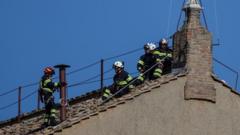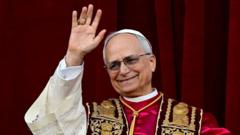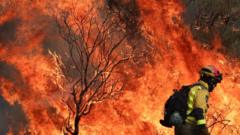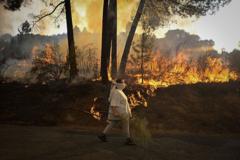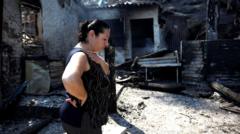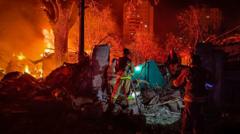When a new pope is to be chosen, all eyes turn to the small chimney atop the Sistine Chapel, where the result is communicated through rising smoke signals—black for no decision and white for a new pope. With Pope Francis's passing and the upcoming conclave set for May 7, the Church is focused on ensuring the smoke signals relay a clear message to the world.
The tradition of using smoke dates back to the 15th Century, serving as a method of communicating who has been chosen while maintaining the confidentiality of the voting process. While the Vatican has access to modern communications, they remain devoted to this beautiful display of tradition. The smoke serves to include the community in the secretive process of electing a new pope, allowing observers in St. Peter's Square to feel part of the moment.
Two stoves are installed temporarily in the chapel—one for destroying the cardinals' ballots and the other for creating the smoke signal. Both stoves are connected to a chimney that rises through the chapel roof, carefully designed to avoid damage to the historic building. Technicians rigorously test the system to ensure it functions flawlessly, since any malfunction could lead to significant public relations issues for the Church.
Creating the distinctive smoke requires custom chemical mixtures that act like fireworks. Black smoke results from a blend of potassium perchlorate and anthracene, while white smoke is produced using potassium chlorate and pine rosin. This process has evolved to eliminate confusion over smoke colors, employing precise amounts that are ignited electronically.
Despite discussions about modernizing the signaling system to include colored lights or digital notifications, the Vatican remains committed to its ritual, which embodies deep theological meaning and reverence for tradition.
As the world awaits the upcoming conclave, the careful orchestration of smoke signals at the Vatican showcases a blend of ancient practices and contemporary precision engineering—ensuring that the message remains as profound and clear as the traditions it celebrates.
The tradition of using smoke dates back to the 15th Century, serving as a method of communicating who has been chosen while maintaining the confidentiality of the voting process. While the Vatican has access to modern communications, they remain devoted to this beautiful display of tradition. The smoke serves to include the community in the secretive process of electing a new pope, allowing observers in St. Peter's Square to feel part of the moment.
Two stoves are installed temporarily in the chapel—one for destroying the cardinals' ballots and the other for creating the smoke signal. Both stoves are connected to a chimney that rises through the chapel roof, carefully designed to avoid damage to the historic building. Technicians rigorously test the system to ensure it functions flawlessly, since any malfunction could lead to significant public relations issues for the Church.
Creating the distinctive smoke requires custom chemical mixtures that act like fireworks. Black smoke results from a blend of potassium perchlorate and anthracene, while white smoke is produced using potassium chlorate and pine rosin. This process has evolved to eliminate confusion over smoke colors, employing precise amounts that are ignited electronically.
Despite discussions about modernizing the signaling system to include colored lights or digital notifications, the Vatican remains committed to its ritual, which embodies deep theological meaning and reverence for tradition.
As the world awaits the upcoming conclave, the careful orchestration of smoke signals at the Vatican showcases a blend of ancient practices and contemporary precision engineering—ensuring that the message remains as profound and clear as the traditions it celebrates.

